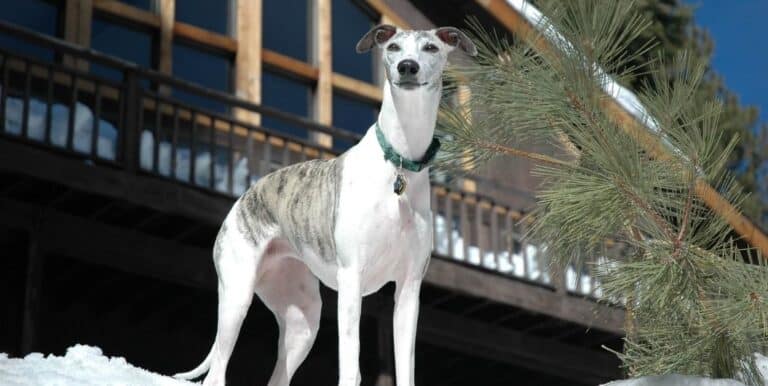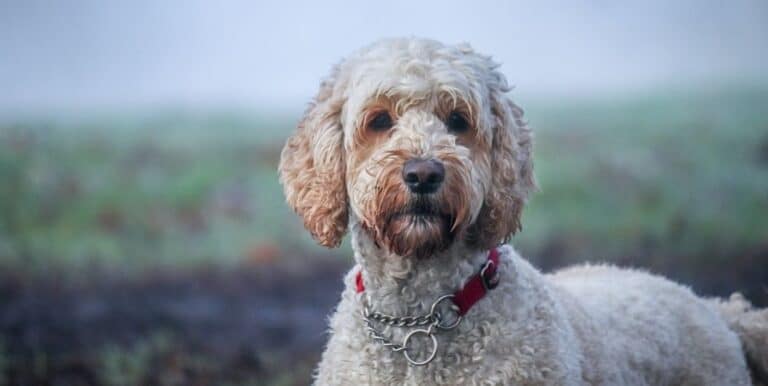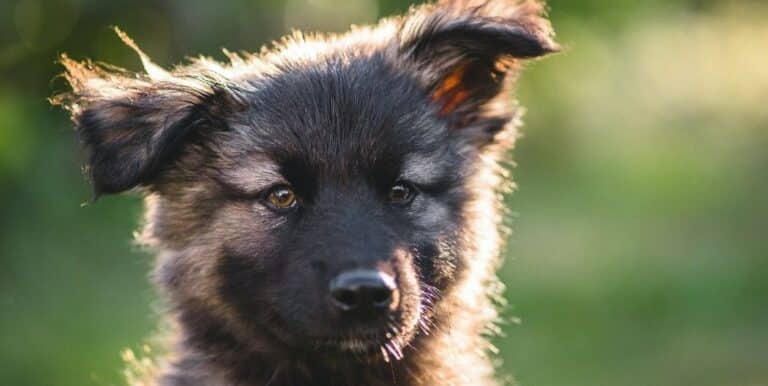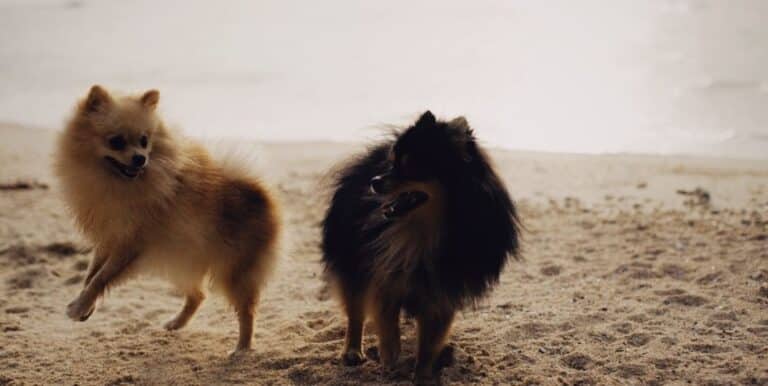What are the Different Dog Groups?
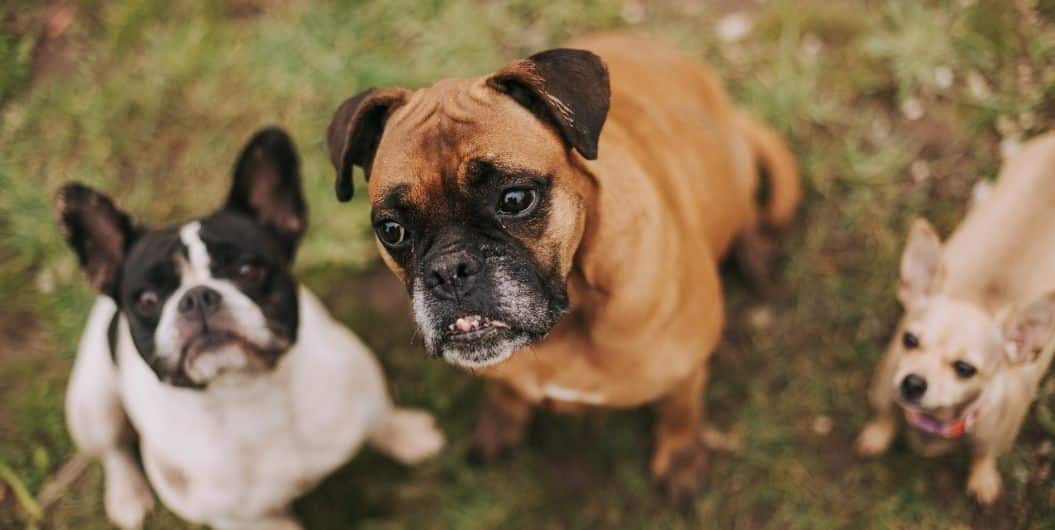
In dog shows, you will see dogs displayed in dog groups. Dogs tend to be grouped together by similarities in behavior, or some common features. Dog groups are not necessarily always correct and are, rather, human attempts to group dogs together by commonalities. Yet some dogs, like terriers for instance, are grouped as terriers, but might equally be considered hunting or sporting groups. Some terriers further belong in the toy group, like the Yorkshire or Silky Terrier. You may occasionally see dogs of the same type compete in dog shows in two separate dog groups.
Dog groups are not exactly static either. Some dogs may be reclassified in a certain group when they become an approved breed, or when more is known about the dog. There are also different listings of dog groups depending upon the adjudicating organization. The dog groups that follow are those recognized by the American Kennel Club (AKC).

Sporting dogs tends to refer to dogs that can hunt, or retrieve hunted animals. They may sometimes be called gun dogs, since their general goal is to find and not necessarily kill animals that have been shot. This group has quite a bit of variance. It tends to include most retrievers, most spaniels, most pointers and a few others. For example the Vizla, the Spinone Italiano, and the Weimaraner are all part of the sporting group. Classing these dogs in dog groups like this doesn’t always tell the potential owner what to expect. Many of the dogs in the sporting group don’t hunt and make for terrific family pets.
Non-Sporting dog groups exhibit extraordinary variance in breeds. These dogs might still be used for hunting, but often they simply don’t fit anywhere else. Non-Sporting dogs include the Tibetan Terrier, the Lhasa Apso, the Dalmatian, the Bulldog, the Shiba Inu and the Poodle. Note that some of these dogs are great at being guard dogs, like the Bulldog, and that the Poodle was initially a hunting dog, quite fierce against lions.
Working dogs are those that might guard, herd, rescue, or hunt. Often police, fire, sled and rescue dogs are classed in this dog group. Examples in the working dog group include: Siberian Husky, Newfoundland, Rottweiler, Saint Bernard and the Great Dane.
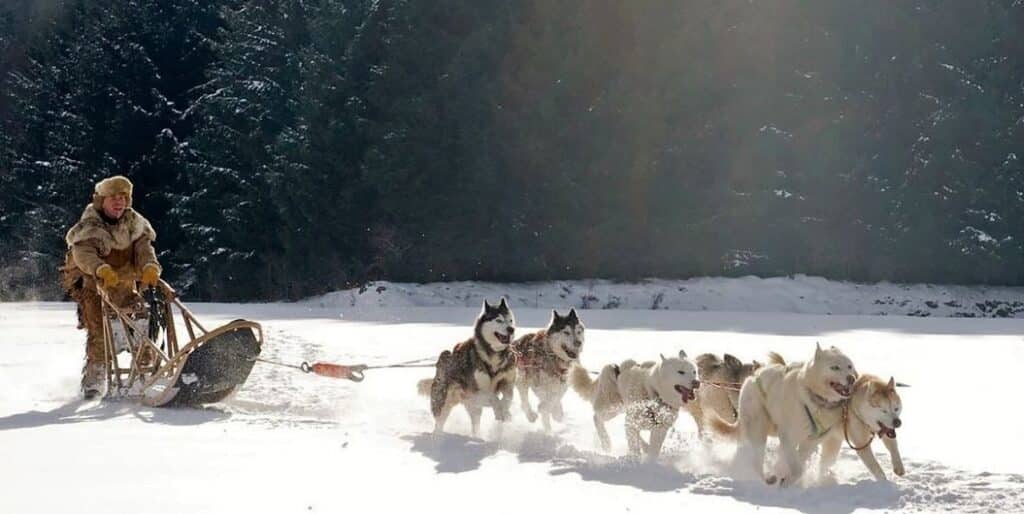
Herding dogs are primarily sheep and cattle herders. Yet many people own these dogs for no other purpose than because they make good pets. Herding dogs tend to need lots of exercise so they don’t take out their “herding” instincts on you or your family; big yards can help these breeds a lot since they are used to ranging. Herding dogs can be small to large. A few examples are the Welsh Corgi, English Sheepdog, Australian Cattle Dog, Shetland Sheepdog (Sheltie), Collie, Border Collie, and the Briard.
Terrier dogs include most of the terrier breeds. Some may also be classed as working dogs or in the miscellaneous category. Note the Tibetan Terrier is not included in this since it is technically not a terrier.
Toy dogs are usually the smallest dogs and include some dogs that could be classed in the terrier breed. Actually this group has a lot of range. For instance you find the Brussels Griffon, the Italian Greyhound, small poodles, the Havanese, the Toy Fox Terrier, and the Cavalier King Charles Spaniel in this group.
Hound dogs can be split into two groups, but may not always be. In some cases they are grouped into scent hounds and sight hounds. In most cases all hounds are judged in one group.
Some dog shows also feature a miscellaneous group, which is used to judge dogs that may not have formerly been accepted as a recognized breed in the dog world. Once these breeds do become recognized and classified, a dog club like the AKC establishes breed standards for the dogs and judges them accordingly. A few rare breeds on their way to recognition include the Tibetan Mastiff, the Chinese Foo Dog, the Rat Terrier, and the French Mastiff.
It can help when you’re choosing a dog to research the dog groups to see which dogs are a good fit for your family. Yet every dog is an individual, and some dog groups can have a huge range of different personalities. Still, it is a good place to start if you’re looking for a canine friend.

